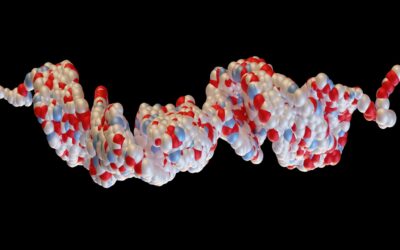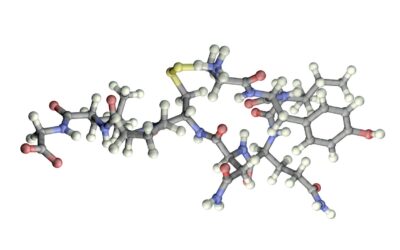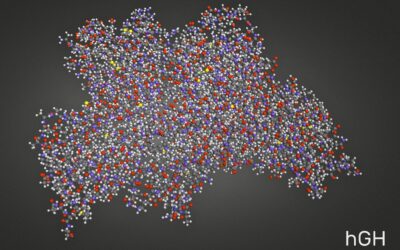ARA-290 Peptide Research in Inflammation and Tissue Repair
ARA-290 is a synthetic 11-amino acid peptide developed to mimic erythropoietin's structure and function (EPO). This hormone is considered to be a production regulator of red blood cells.(1) ARA-290 peptide is a non-erythropoietic peptide that researchers suggest does...
Proxofim Peptide Studies in Cell Aging
Proxofim peptide, also known as FOXO4-DRI peptide, is a unique peptide that has garnered scientific attention due to research studies examining the peptide's impact in mitigating cell senescence. Studies have suggested that the Proxofim peptide may potentially...
Follistatin-344 Peptide and Cell Proliferation
Follistatin (FST), a naturally occurring glycoprotein, is considered to be present in various tissues. Classified as an autocrine factor,(1) scientists consider that the endogenous protein stimulates the production of a chemical messenger by the cell itself, which...
Chonluten Peptide and its Potential in Gene Expression
The process of directing the synthesis of a functional gene product, such as a protein or RNA molecule, through the encoded information in a gene is known as gene expression. This process is essential for the proper functioning of cells and organisms. With increasing...
Semaglutide Peptide Research in Glucose Metabolism and Gastric Health
Scientific and Historical Background Semaglutide peptide is an artificially synthesized analog of glucagon-like peptide-1 (GLP-1). Similar to the GLP-1 peptide hormone, Semaglutide, as a GLP-1 receptor agonist, may potentially decrease insulin levels and support...
MOTS-c Peptide and its Potential in Cellular Metabolism
Mitochondria are considered the “powerhouse” of the cell due to their role in delivering cellular functions, including but not limited to cellular metabolism, growth and development, and survival activities. However, with increased age, mitochondrial activities...
Gonadorelin Peptide: Studies in Gondotropin Release and Synthesis
Gonadorelin is a synthetic peptide possessing ten amino acids, and all are joined in a sequential form.(1) Structurally similar to the endogenous GnRH, Gonadorelin has 1-2 amino acid changes within the sequence.(2) Identical to the naturally present GnRH hormones,...
Oxytocin Peptide and Studies in Labor Induction
Oxytocin is a naturally occurring cyclic peptide hormone composed of nine amino acids. It mainly acts as a neurotransmitter in the brain and is secreted by the pituitary gland.(1) The synthetic form of Oxytocin, called Recombinant Oxytocin, is also a cyclic...
Overview of Growth Hormone Releasing Peptide-2 (GHRP-2)
What are Growth Hormone Secretagogues? Growth Hormone secretagogues are a group of substances that induce the release of Growth Hormone. These include synthetically developed agonists of Growth Hormone/Ghrelin secretagogue hormone receptors (Ghrelin, GHRP-2, GHRP-6)...










